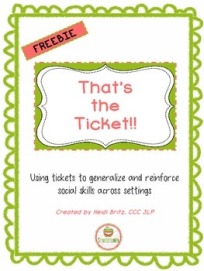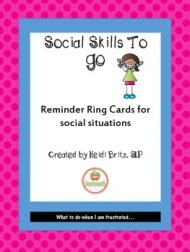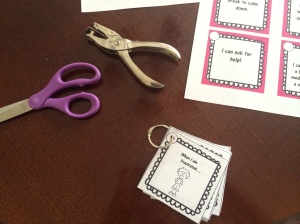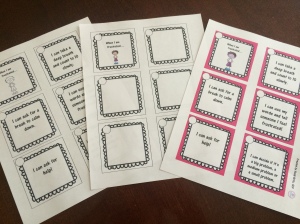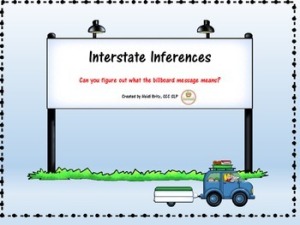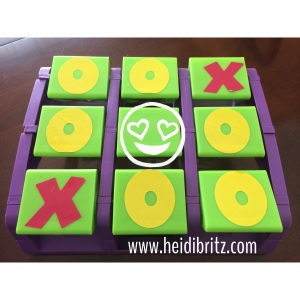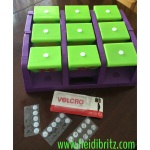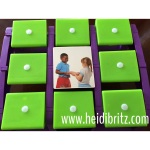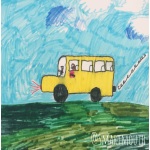I came across a packet of tickets at the Dollar Store last week in the teacher section. They are blank ticket templates for student rewards, but another idea came to mind for me. Why not use these for reinforcement of social skills that my students are working on, outside of the therapy room? A dollar for 36 tickets isn’t a bad deal, but over time, it adds up, so I created my own free version and I am happy to share them with you HERE
How can you use these tickets? I’m glad you asked! First target a skill, one at a time is PLENTY! Then meet with the teachers to talk about what the skill looks like (handouts are also a great idea) and give the student’s teachers blank tickets. Once you have teachers on board, prep your students about the tickets and what they mean.
When the teachers/staff see the student using the skill during the day, they can hand them a ticket. This is a fantastic way to collaborate with your gen ed/special ed teachers. Talk to your special area teachers (P.E., art, music) and include your folks in the cafeteria, library and front office too. It helps not only the student, but also highlights how other staff are an important part of social language support building wide! You might see social language support and reinforcement “suddenly” occurring with more than just your student when the people notice how well it works 🙂
The student can then bring the tickets to you and you can decide how to reward them. Whichever reinforcer you decide on needs to have a lot of buy in from the student to work. For example, I am willing to be “taught” the intricacies of how to play Mine Craft for 10 minutes, if that is what motivates my student!! It doesn’t have to cost anything and it definitely doesn’t have to be candy (although I am highly motivated by chocolate). A few ideas:
- If you have more than one student using these, put all the completed tickets in a big jar for a week and draw one name for a special treat such as line leader for the day.
- Talk to mom and dad to see if the reward can be reinforced at home as well with something like 5 minutes of extra technology time ( again, whatever is of value to the student). This is a great way to reinforce carryover of the target skill at home too.
- If the student can earn 4 tickets in a month or generalize the skills successfully across 4 settings, then you might consider a bigger reinforce such as a popcorn party, lunch with a favorite teacher (hint: maybe it’s you!), having their ticket posted in a place of honor in the classroom or being the “special guest reader” with a younger class.
- Consider using this ticket system as part of your data collection portfolio for the student. Feedback outside of the therapy room is invaluable!
- Don’t take away tickets. Positive reinforcement is crucial!
Don’t be surprised if other teachers start asking you about what you are doing with your student and if you think it might work for their classrooms too. You can just smile and tell them “That’s the ticket”!
